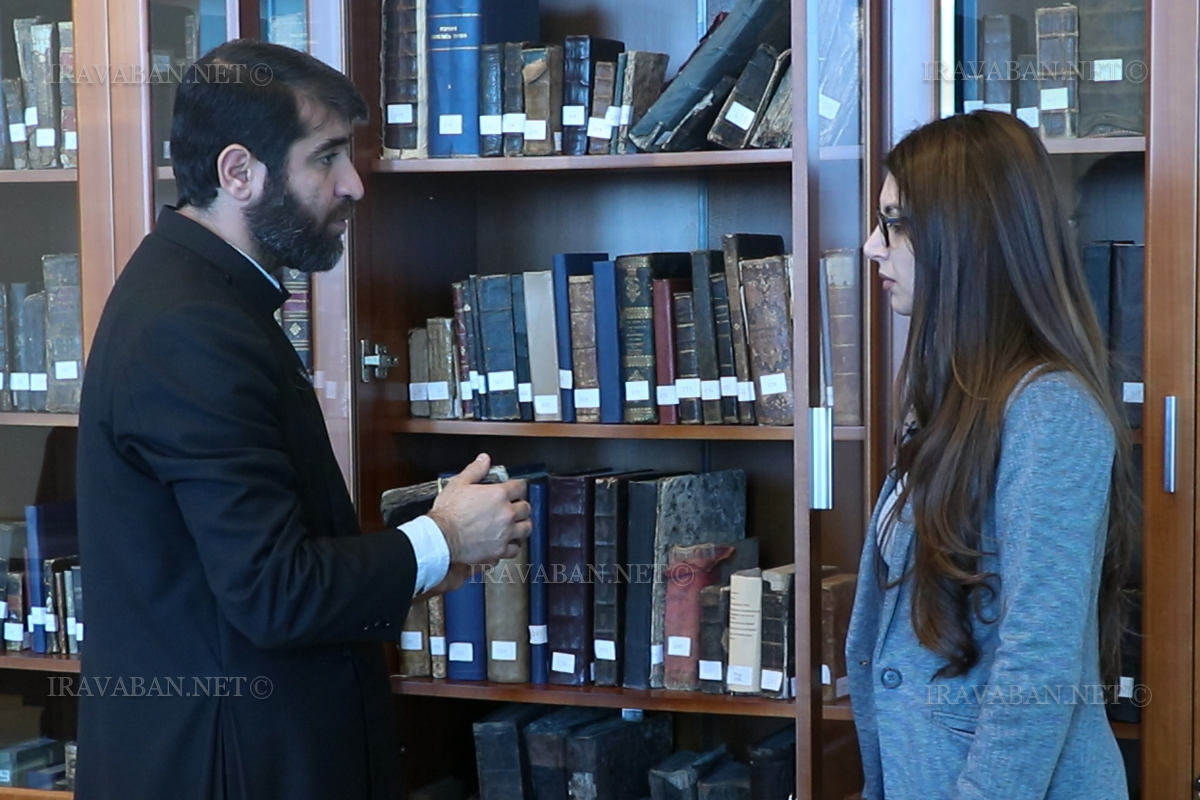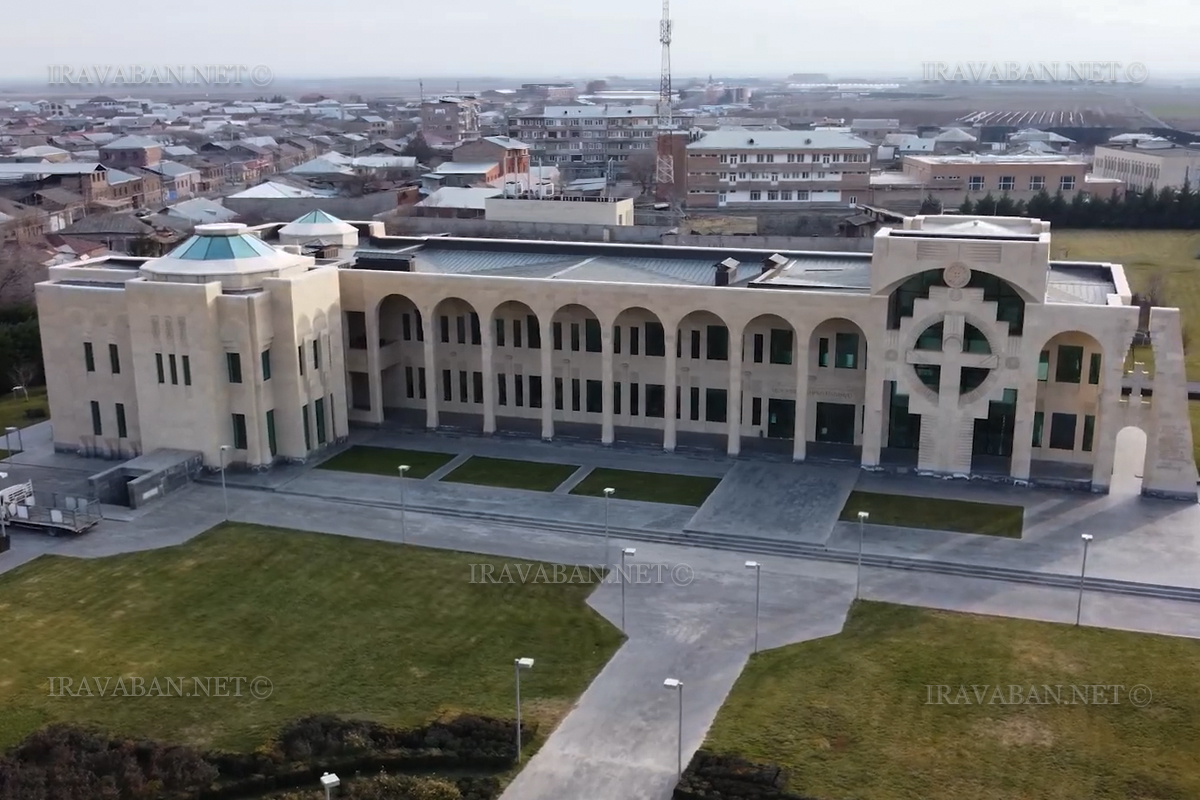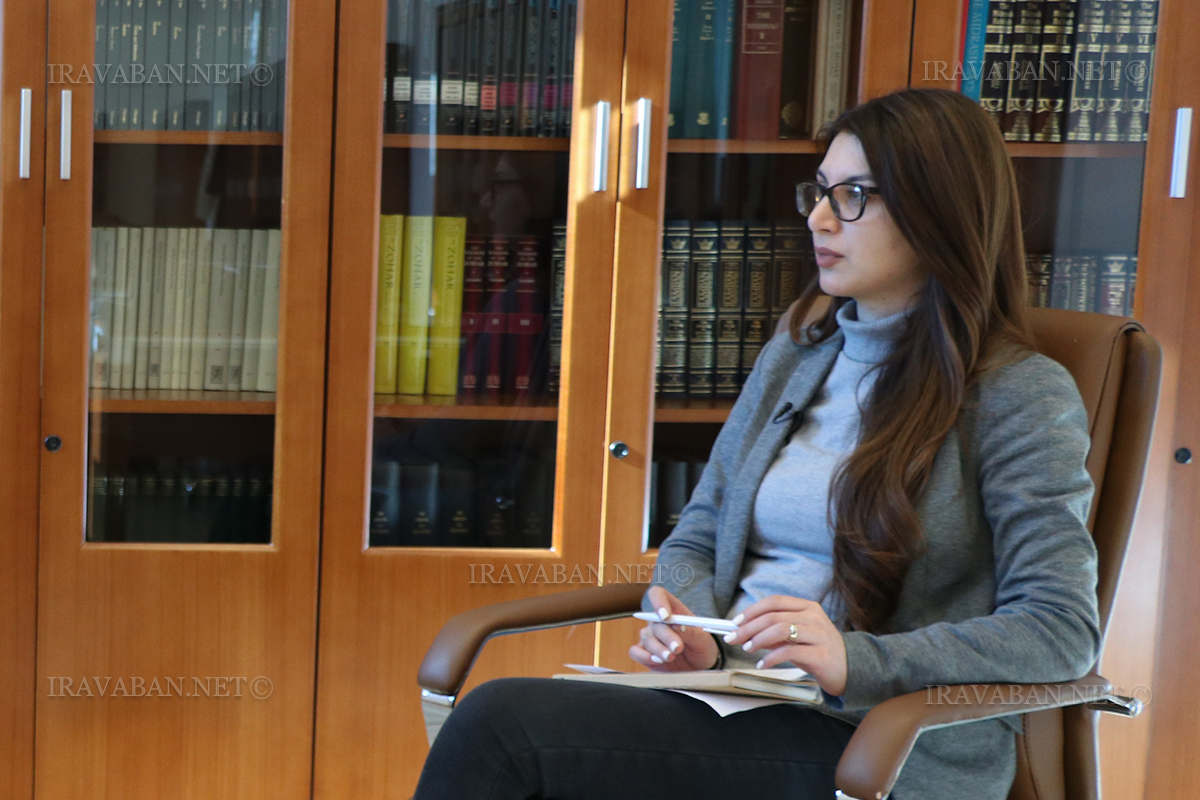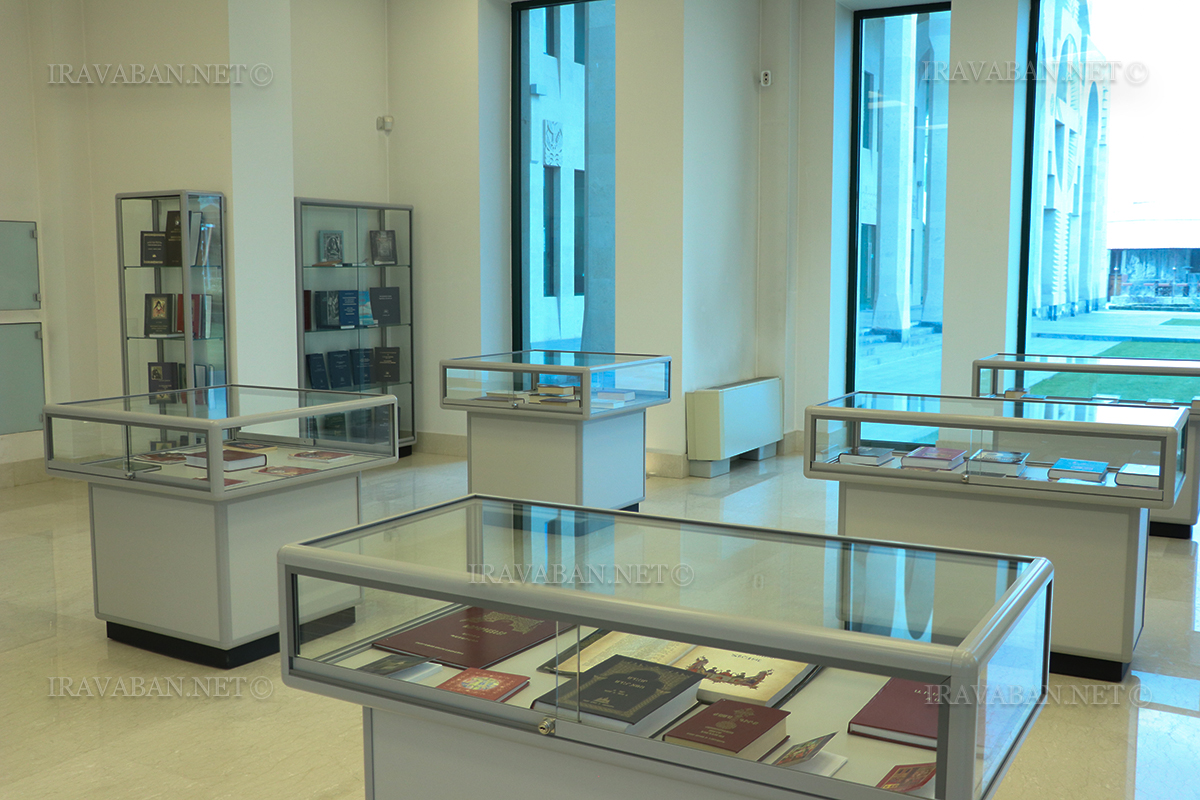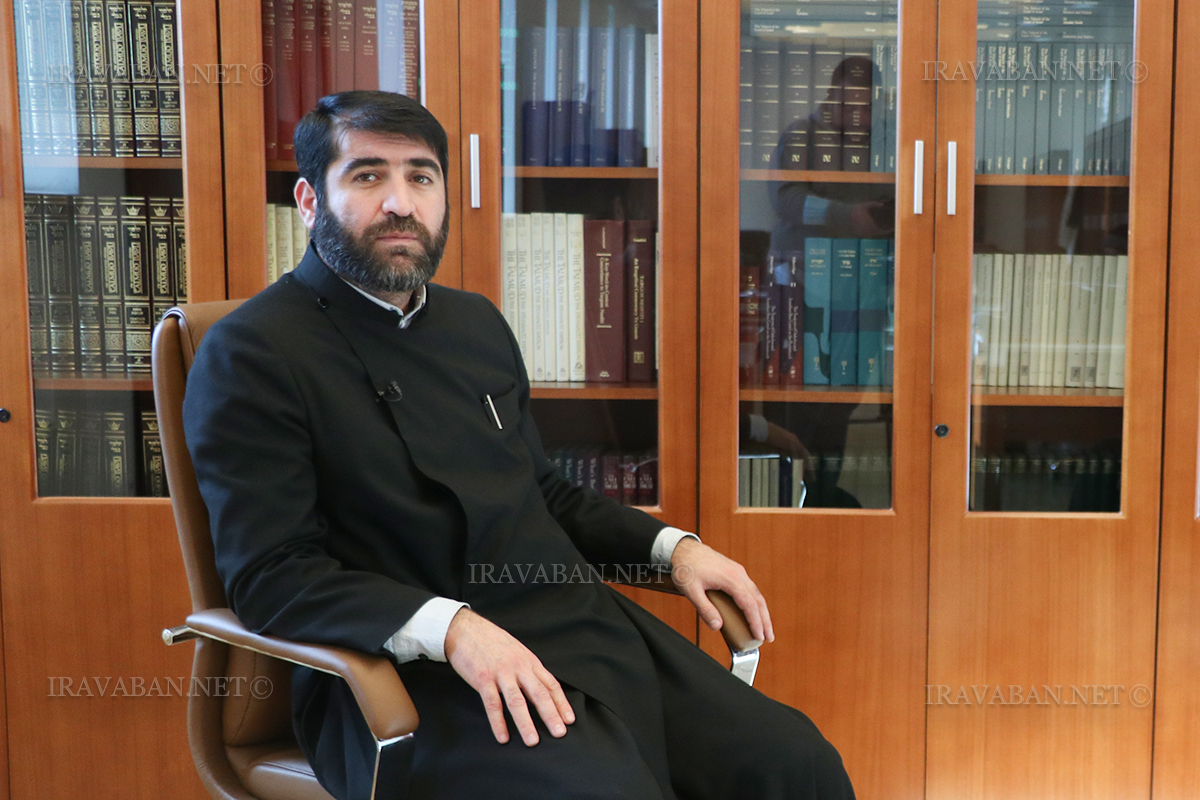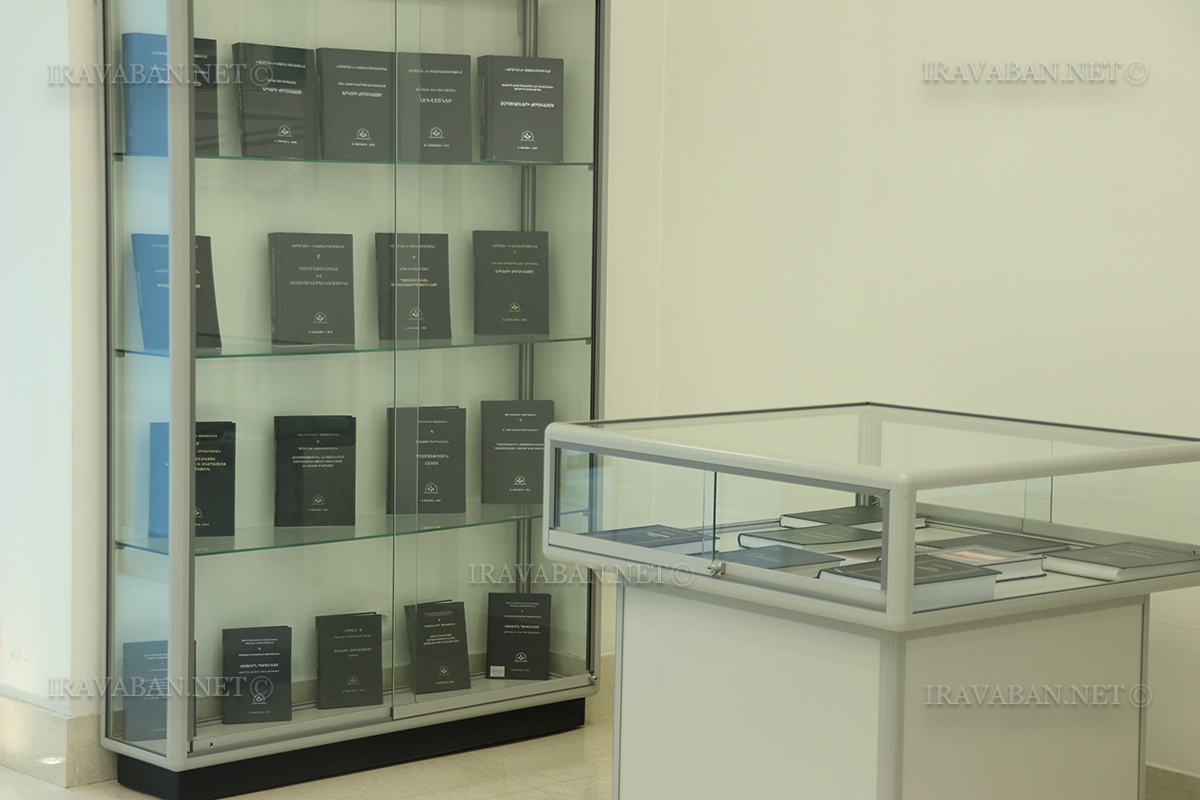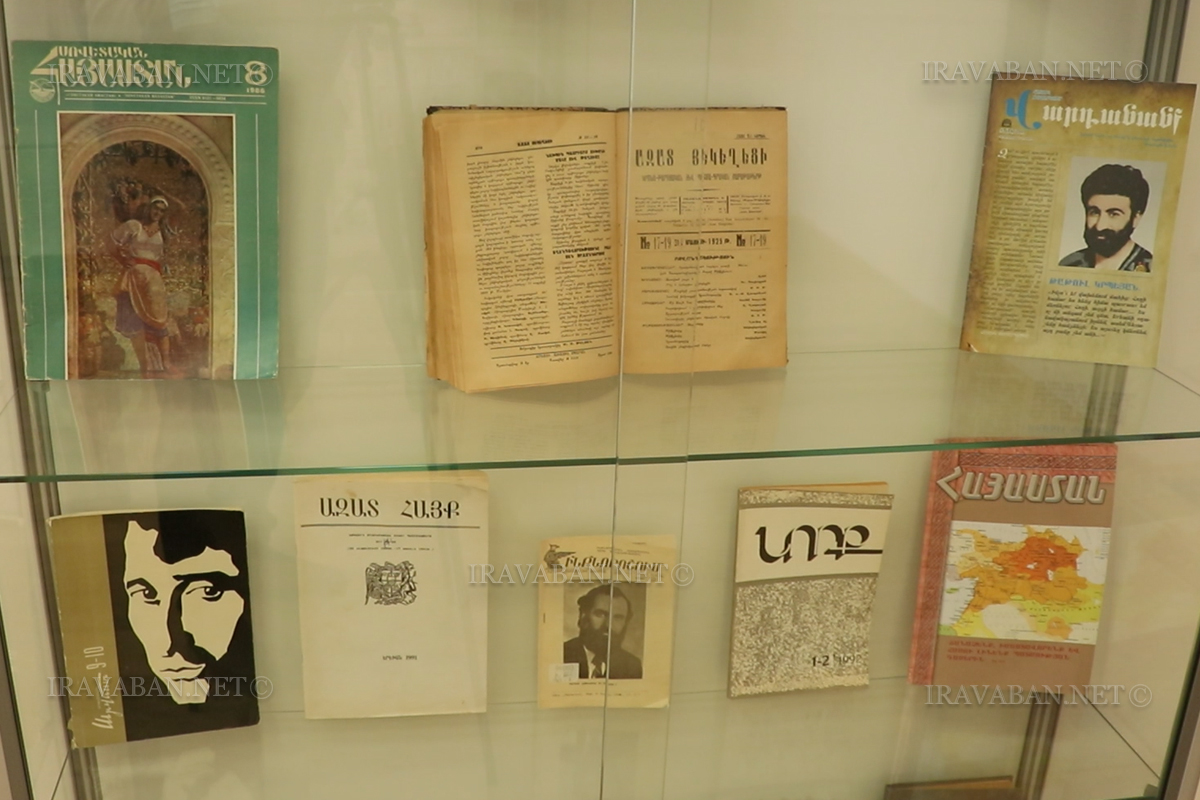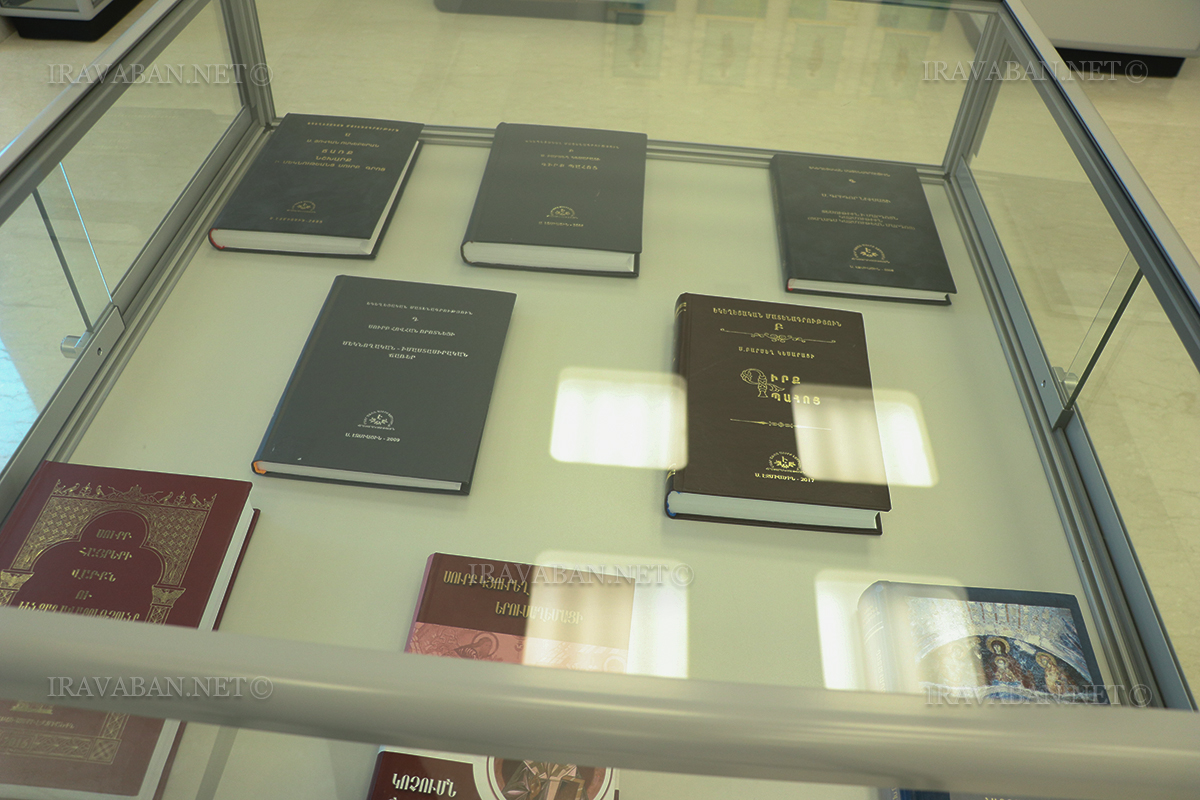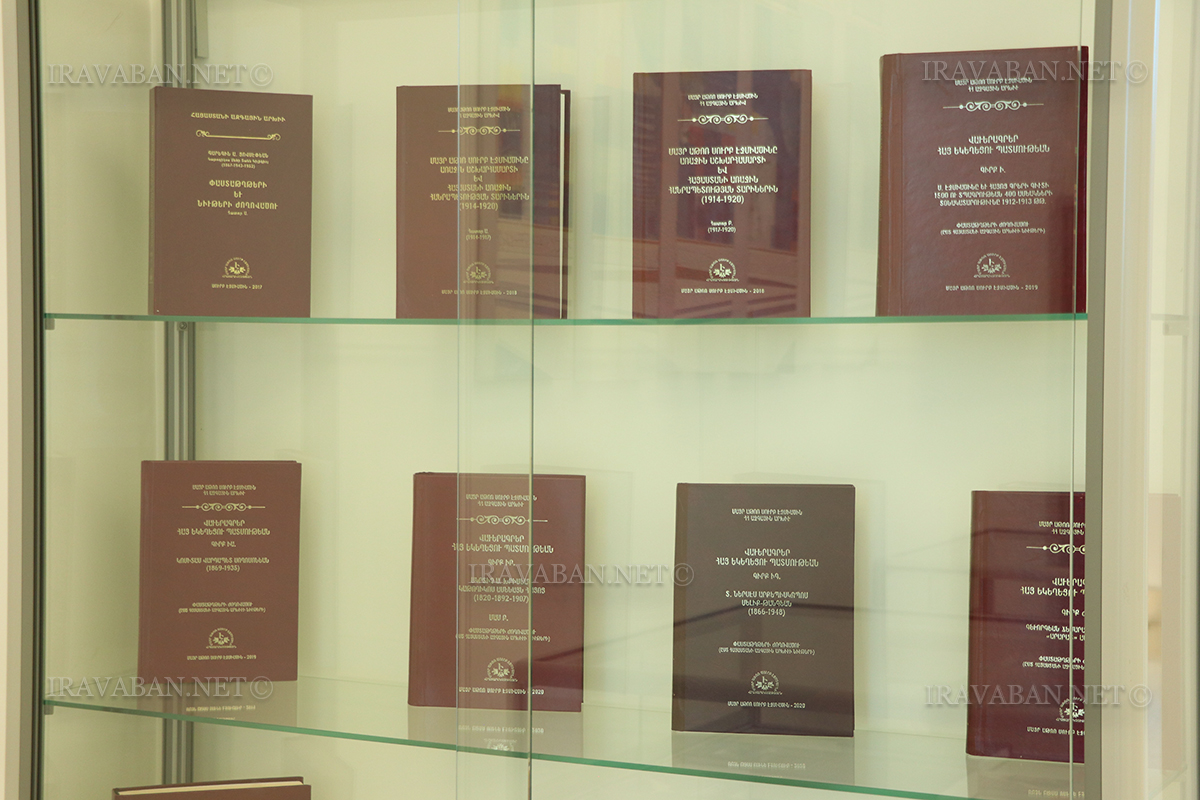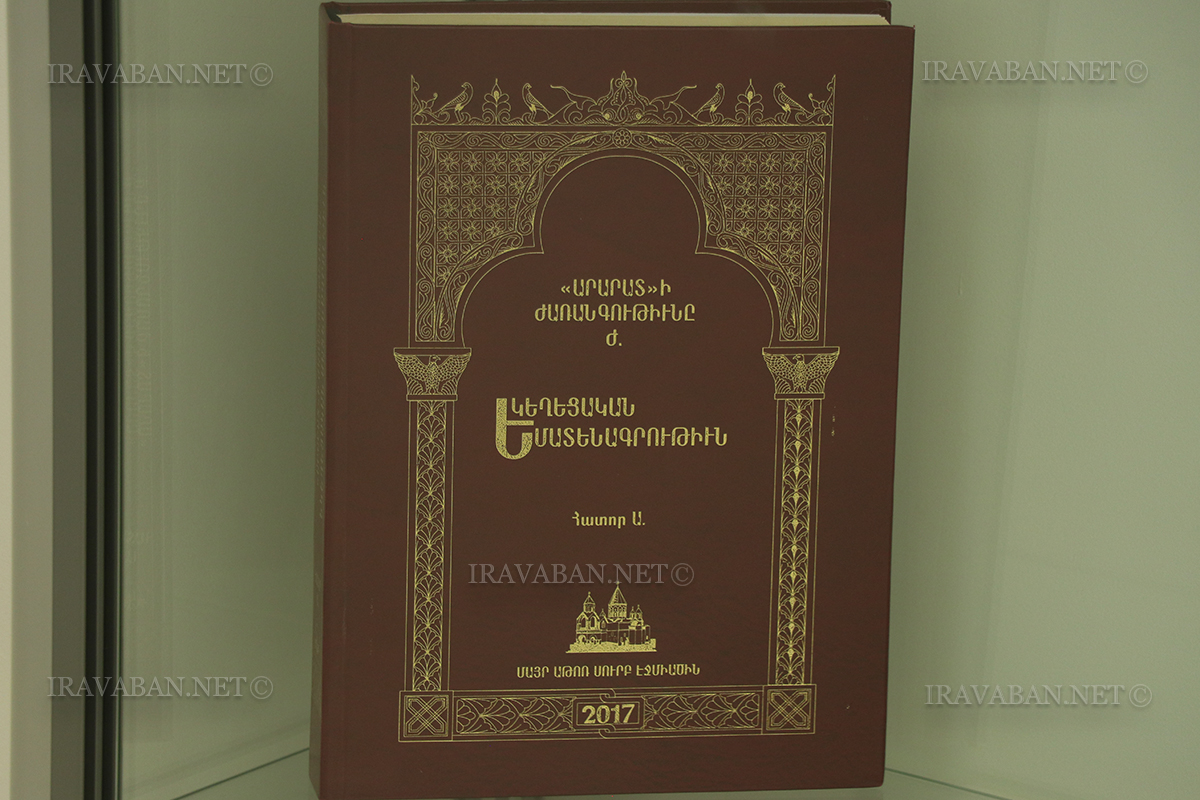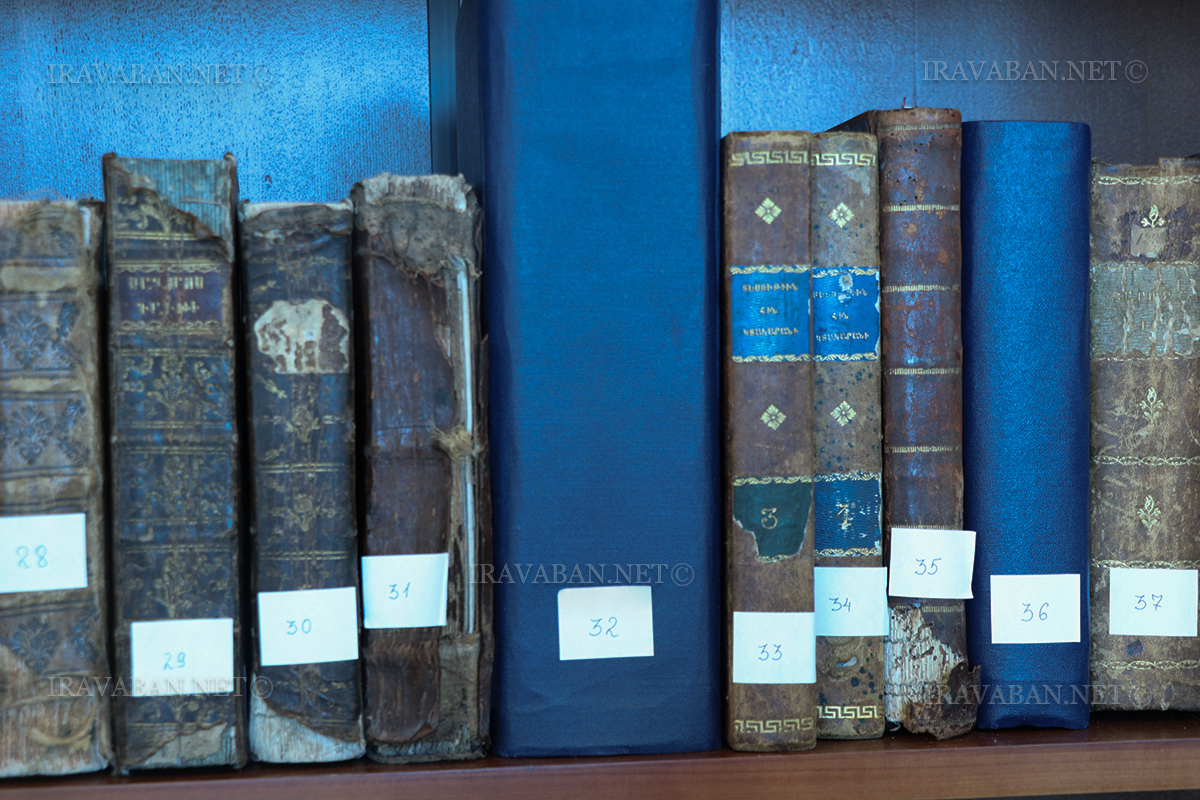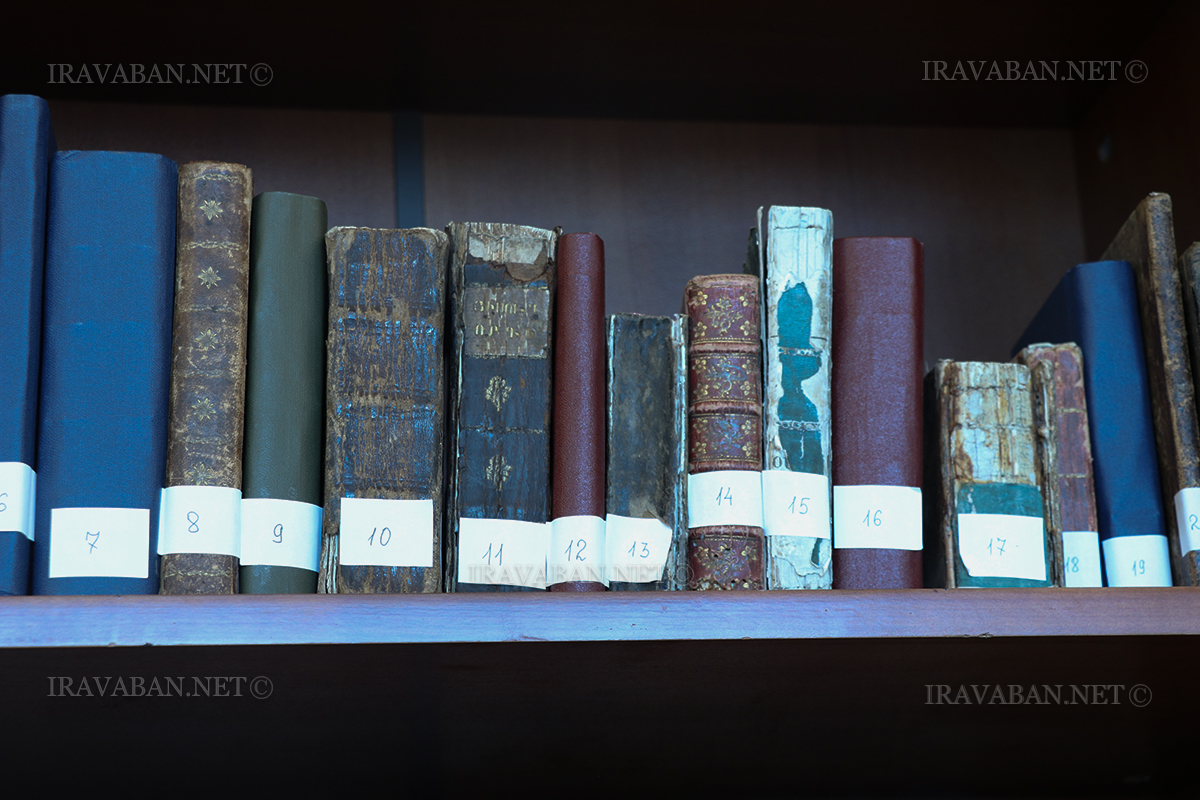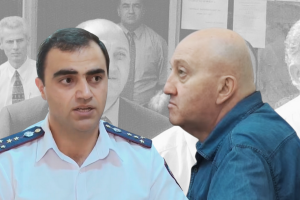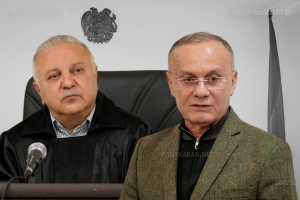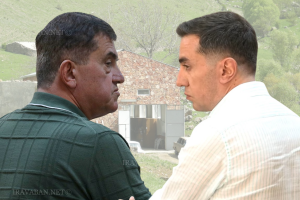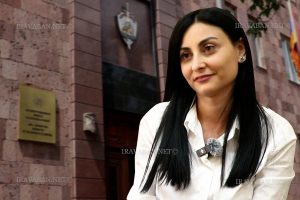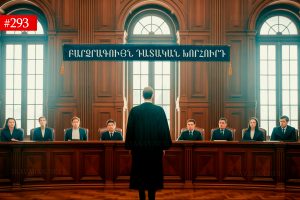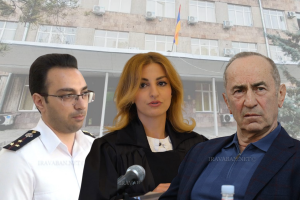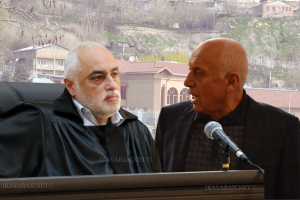The Armenian Church is considered a conservative church. Neither fire, nor sword, nor angels can separate us from this belief. Priest Father Ararat Poghosyan, the Director of “Vache and Tamar Manoukian” Matenadaran and the Publishing Department of the Mother See of Holy Etchmiadzin spoke about this within the framework of the “The Church and the Law” series of interviews, Iravaban.net referring to the ancient Eastern churches.
– Father Ararat, please tell us how you chose your path and what spiritual education you have had.
– Since my student years I have had a special love for history and Armenian literature and I have read fiction and historical books. From there, my attitude towards the Gevorgyan Theological Seminary and the Armenian Apostolic Church in general was formed. This attitude, of course, made me think in high school that I would organize my further education in the seminary. Of course, in addition, I also knew a number of church figures from our area, who were born in the same area as me, and their image was also very important to me. And the third circumstance that my parents also urged and advised to enter the Gevorgyan Theological Seminary.
In 2007, when I graduated from the Theological Seminary, I was appointed to the Garegin I Theological-Armenological Center, from where the closer contacts with science began. After graduating in 2013, with the blessing and direction of His Holiness, I was appointed director of the “Vache and Tamar Manukyan” Matenadaran of the Mother See of Holy Etchmiadzin. At the same time, since 20017, by the decision of His Holiness, I have also headed the publishing department of the Mother See, which has a slightly complicated structure. It includes various sub-sections, in particular, the official press: weekly, “Echmiadzin” magazine.
In Matenadaran we in addition to trying to carry out activities simply by receiving the readers, serving them books, we also try to carry out scientific-cultural life. This is evidenced by the numerous international and national conferences initiated by the Matenadaran during these 7-8 years, which are held at a high organizational level and with a high quality content.
– Father Ararat, please let us also talk about the ancient Eastern churches. This is one of the main religious currents of Christianity. Will you present how it differs from other currents, and what features it has?
– By saying church we can understand it in two ways, because the Eastern Orthodox Church is divided into Chalcedonian and Non-Chalcedonian branches. The Eastern Orthodox Church of Chalcedon is geographically distributed mainly in parts of Eastern Europe and Southeastern Europe, and the other branch of the Eastern Orthodox Church, which from the middle of the 5th century, did not accept the Council of Chalcedon of 451, and became a separate group and its main geographical environment is Armenia, Lebanon, Syria, North of Africa. If we are interested in the family of the Eastern Orthodox Churches in which the Armenian Apostolic Church is located, then we are talking about a group of churches geographically located in the East.
– The Armenian Apostolic Church occupies a special place in this family. Can you mention its peculiarities, what are the differences with other religious currents?
– The similarity is the religion, which is the same for everyone. Speaking of peculiarities and differences, we must say that they mainly have some ritual, linguistic, diocesan features, which distinguish this church from another. For example, one of the most important features that distinguishes the Armenian Church from all Christian churches in the world, including churches that are in the group of churches that are considered sister churches, and the Christian world in general, is language. When the letters were invented at the beginning of the 5th century, almost everything in the Armenian Church was Armenianized at once. Before that, all the rituals and ritual literature in the Armenian Church were created in Greek and Assyrian, and after the invention of the letters, all that was put aside, a wonderful period of independent translation was created, which in professional literature was also called the Golden Age. In this regard, it should be noted that even in the group of sister churches, a number of churches that exist today carry out their church rites with their national language, for example, in Arabic or another language, which can be said is removed a little from the roots of that church.
– In your opinion, what changes, what events did the Armenian Church go through, which were obvious throughout its history, right up to the present day?
– The Armenian Church is considered a conservative church. It was not easy to change the Armenian Church, and it is not easy to change anything today either. Gregory the Illuminator very wisely did not look too far, but looked before his eyes at what was happening in the system of Armenian statehood, that is, we had a state system. In accordance with that state system, the diocesan structure of the church was created, in accordance to as many dioceses as many worlds or provinces we had at that time, and the church continued to carry out its activities through this diocesan system. Initially, it was soul-saving and after a very short time, from the beginning of the 5th century, after the Battle of Avarayr in 451, when the church really became national, because the people opposed oppression and literally gave such a bold response to the Persian Shah, which surprised even him. Neither fire nor sword can separate us from this belief,
Naturally, the changes in such a church would have to be difficult, and whatever happened, it happened quite difficult. We can say that in fact the church has preserved its original state.
– Please present more clearly what the hierarchy is, what are the four levels we have?
– The church hierarchic system consists of a three-level system: Deacon, Priest, and Bishop. This is in a broad sense. When we narrow down this hierarchic system, we come to the local churches, we mean the hierarchy that exists for the bishop, the priest and the deacon, as well as those with the highest ecclesiastical rank and their subordinate clergy. Also, in the case of the hierarchic system, it is about the relations between the common level and the dioceses as well. We also have other Catholicosates throughout history. It is known that the Georgian Church was also part of the diocesan system of the Armenian Church. It separated from the Armenian Church at the beginning of the 7th century, broke the religious union and became the Chalcedonian Church, accepting the Council of Chalcedon in 451. In this respect, history has not stopped developing hierarchically in the Armenian Church: because for various reasons throughout history the Armenian Patriarchates of Jerusalem and then of Constantinople appeared, and in this intermediate part the Catholicosate of Akhtamar also appeared. Later, when the General Patriarchal See was moved from Sis in 1441 and re-established in Holy Etchmiadzin, a new Catholicosate was established in Sis, which is today known as the Catholicosate of the Great House of Cilicia.
– Father Ararat, we are conducting our interview in the reading room of the Matenadaran, we know that exceptional samples are also preserved here, please refer to them as well.
– Books have always been published in the Mother See of Holy Etchmiadzin, starting from 1771-1772 until now., The department was established in 2006 in order to coordinate these publications and that year was the basis․ We have tried to collect the books of our publishing house, which have been published since 2006, under conventional themes, to present what books the Mother See publishes. Visitors can get an idea of what we have published and what interests the Mother See has, what field it covers with its printed literature.
– What would you say about the antique collection?
– We have more than 600 antique collections, in which the oldest and most valuable edition at the moment is the Voskanyan Bible, dated 1666-68. Like any structure with an antique collection, our Matenadaran antique collection also has books that need care. The wear and tear of books does not mean that the book is of old or older edition. We have a rather worn-out, neglected book, it is “Dzerats Mashtots” published in 1792, which was the priest’s hand book. It was in the hands of the priest every day and, naturally, the more the book was used, the worse the technical condition became. All these books need professional repair and treatment.

